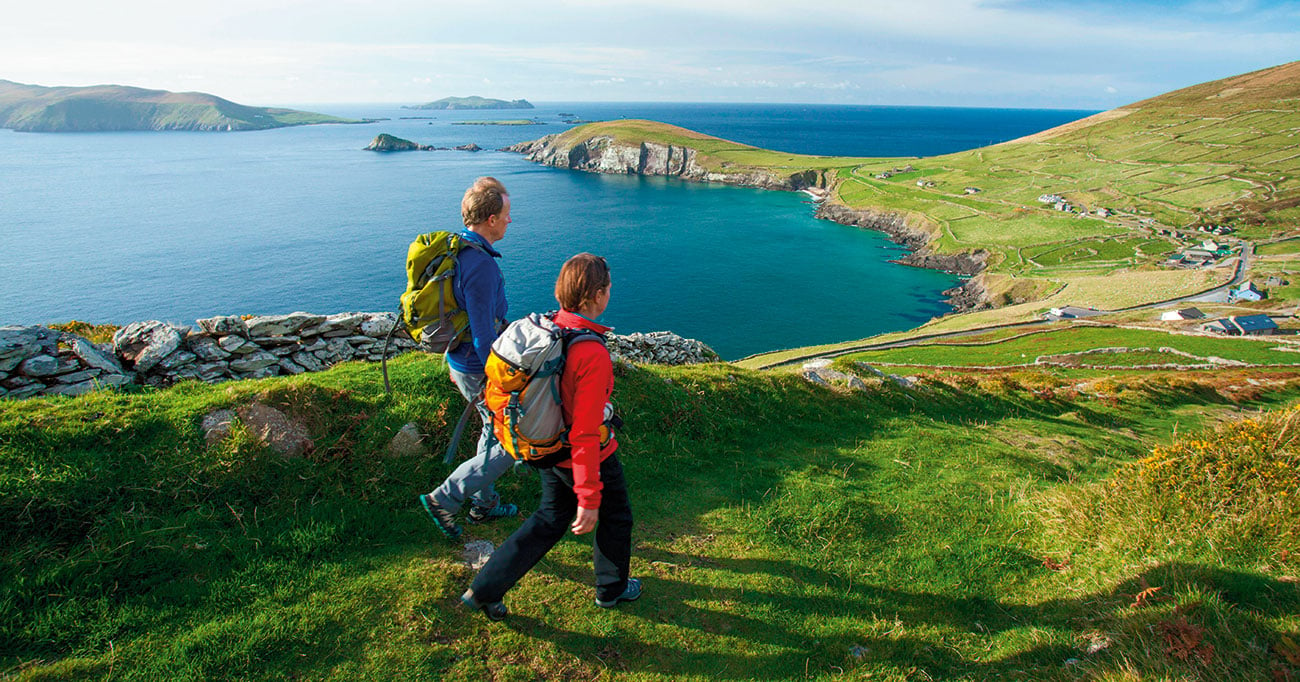Xanterra Travel Collection® Press Room
Welcome to our press room, created specifically for members of the media. This is where you’ll find the latest news and information about Xanterra Travel Collection®. Please visit our recent Corporate and Property press releases, as well as our property photo galleries by clicking on the navigation links to the left. We hope you find this information useful and informative. If you should have any questions please contact our media representative at the bottom of this page.
Contact Us
If you are working on a story about Xanterra Travel Collection® and would like more information or need high resolution photos or additional images, please contact our media representatives.
Media Representative Contact Information
Xanterra Corporate, National Park & Resort Properties
TURNER PR
[email protected]
turnerpr.com
Windstar Cruises Media Relations Department
8400 NW 36th St. Suite 520
Miami, FL 33166
888-871-1186
[email protected]


